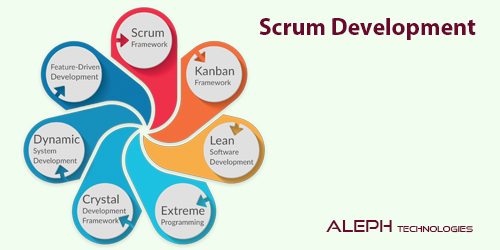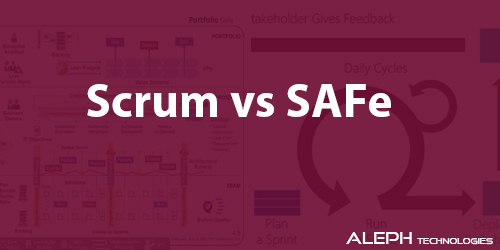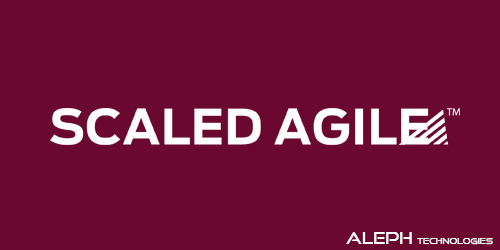Understanding Agile vs. Scrum: Key Differences and Benefits Explained 🚀
Mar 17, 2024
Cally De Beer
5 minutes read
0 comments
438 views
Are agile and Scrum the same? This question often leads to confusion among many. In this article, we'll delve into the nuances of Agile and Scrum, clearing up misconceptions and highlighting their distinct features. Agile and Scrum are not interchangeable terms, and understanding their differences is crucial for effective project management and software development.
Agile
Scrum Master
Agile and Scrum
Agile Leadership
Agile
Scrum
Agile Team
Agile Leadership
Scaled agile
Agile & Scrum
What is Agile?
Agile is a dynamic software development methodology that prioritizes adaptability and continuous improvement. Unlike traditional methods with extensive upfront planning, Agile embraces changing requirements throughout the project lifecycle. It emphasizes customer feedback, incremental development, and cross-functional teams working on iterations of the product. The Agile Manifesto guides this approach, focusing on customer value, collaboration, and flexibility.
Benefits of Agile:
- Enhanced customer satisfaction through frequent deliveries of valuable features.
- Improved vendor responsiveness to customer needs, leading to higher retention and referrals.
- Integrated testing and continuous quality assurance throughout development.
- Increased visibility and collaboration, providing stakeholders with clear progress updates.
- Cost control and risk management through iterative development and early issue identification.
What is Scrum?
Scrum is a specific framework within the Agile methodology, known for its simplicity and flexibility. It divides work into time-boxed iterations called sprints, typically lasting 1-3 weeks. A Scrum team comprises a Product Owner, Scrum Master, and Development Team. The Product Owner maximizes product value, the Scrum Master ensures adherence to Scrum principles, and the Development Team delivers increments of the product at the end of each sprint.
Key Features of Scrum:
- Sprints for focused development and quick feedback loops.
- Roles including Product Owner, Scrum Master, and Development Team for efficient collaboration.
- User stories and backlog management for flexible prioritization and adaptation.
- Daily scrum meetings and sprint reviews for continuous improvement and communication.
- Emphasis on delivering high-value increments and adapting to changing requirements.
Conclusion:
In summary, Agile is a broader methodology focusing on adaptability and customer satisfaction, while Scrum is a specific framework within Agile, ideal for projects with rapidly changing requirements. Understanding the nuances of Agile and Scrum empowers teams to deliver high-quality products efficiently and respond effectively to evolving business needs. 🌟
Add Your Comment
Related posts
-

Scrum Development: A Comprehensive Overview 🚀
Mar 25, 2024 -

Understanding Scaled Agile (SAFe) and Disciplined Agile Delivery (DAD)
Mar 25, 2024 -

Scrum vs SAFe: Unveiling the Differences 🔄
Mar 25, 2024 -

Unlocking Business Agility with SAFe: A Comprehensive Guide 🚀
Mar 25, 2024

Please login to check comments